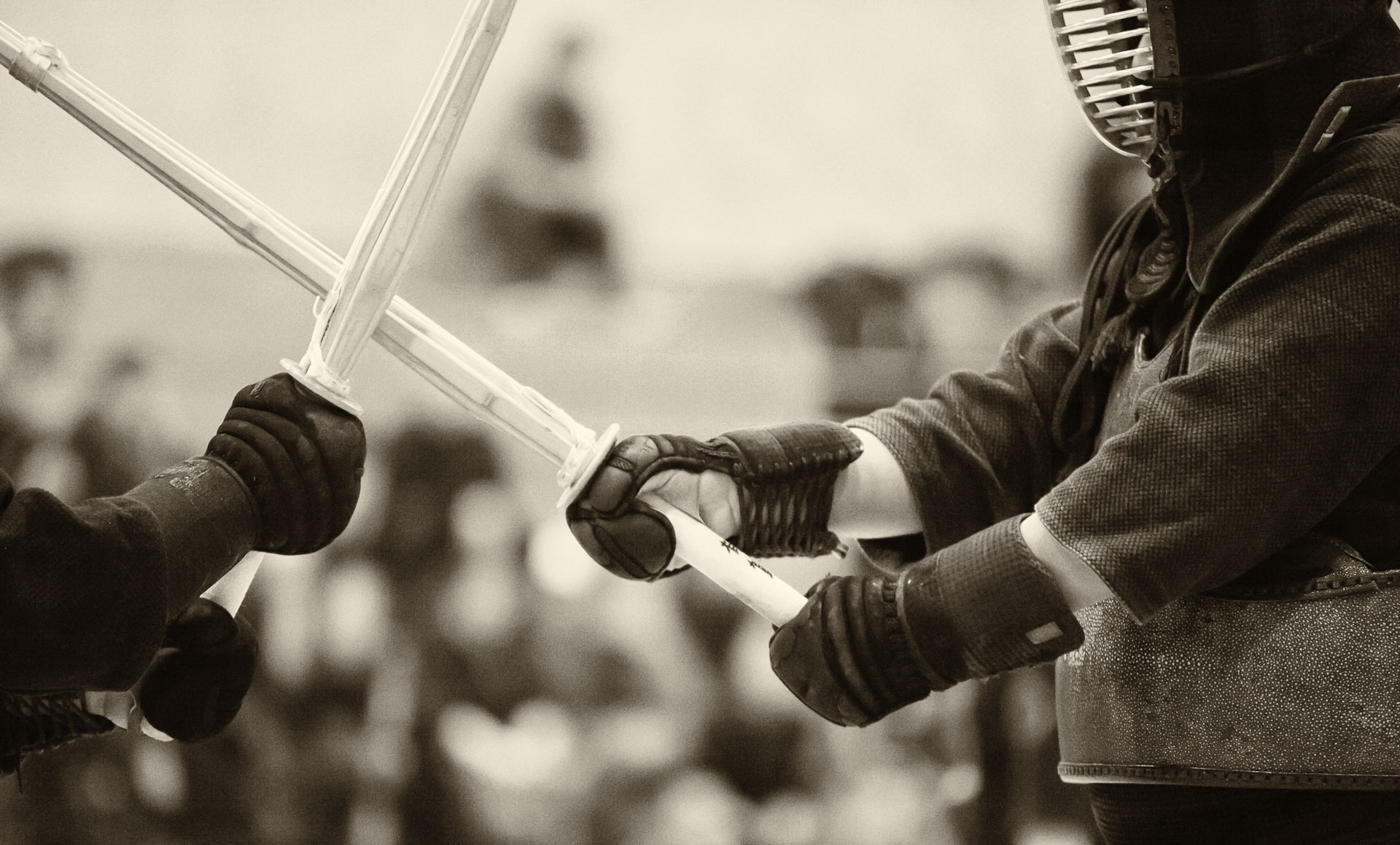
This is the ink of the last panel on page 7 of the comic book I’ve been putting together. Here, we start dissecting what is and is not realistic in the “La Source” painting from the fluid mechanics standpoint.

My thoughts on the craft, the process and the subjects

This is the ink of the last panel on page 7 of the comic book I’ve been putting together. Here, we start dissecting what is and is not realistic in the “La Source” painting from the fluid mechanics standpoint.

This is the ink of the third panel of page 7 of my manga book on fluids. While researching the story, I found some interesting info on how detectives actually measure objects in photos, where no obvious reference length is shown. The size of a human iris, apparently, is a fairly constant reference. Here, one of the main characters, Ariadne, explains this.

This is the ink of the first two panels of page 7 of my fluids comic book. I needed to establish a system for measuring the reference lengths in the painting, so I had to do some research about how this could be done. The model of “La Source” is actually a known person, so her anatomy is an obvious reference. Nothing is known about her height or other measurements, though, as Ariadne and Athena discuss in these panels.

Here are the inks of the rest of the 6th page of my fluids comic book. This is how I decided to show the scientific content. I used my own presentation style from the COVID times, when I taught fluid mechanics online by writing on the screen, overlaying formulae and schematics with images.

This is the ink of the panel where the whole story is summarized. The rest is simply explaining the line of thought that leads Ariadne to this conclusion.

Here is the second half of page 5 of my fluids manga. Looking back at these inks, which I made a few weeks ago, I think that the characters became a bit too simplified at this point. There are good reasons for it from the comic book readability standpoint, but I probably enjoy drawing slightly more detailed illustrations. When I come back to these panels for colouring, I might play with rendering a bit more than I originally planned.

Here are the inks of the first half of page 5 of my comic book. A key point that I learned from Victoria Ying is that the text takes priority in a comic book, and the images have to fit around it. I am sure that without this advice, I would have under-estimated how much space the speech bubbles take, even with a relatively small font size.

These are the inks of the last two panels on page 4 of my manga book. That’s the set-up of the story – the rest is basically an exploration of the painting and it’s subject. Stay tuned – it’s quite fascinating!

These are the inks of the first two panels on the fourth page of my comic book. At the scripting stage, I had most fun around this point in the storyline. By this time, I already had a pretty good idea of what the characters would look like and how they would talk, but I didn’t yet get into the thick of the fluids and the math, which are the proverbial vegetables hidden in the smoothie of a detective story. So stay tuned for more updates – hopefully they will be somewhat educational, as well as entertaining.

These are the last three panels of the third page in my comic book. This is the inking stage, and I am planning to add colours eventually.
As you can see, it’s a crime story. But it is related to fluid mechanics – the connection will be revealed later.